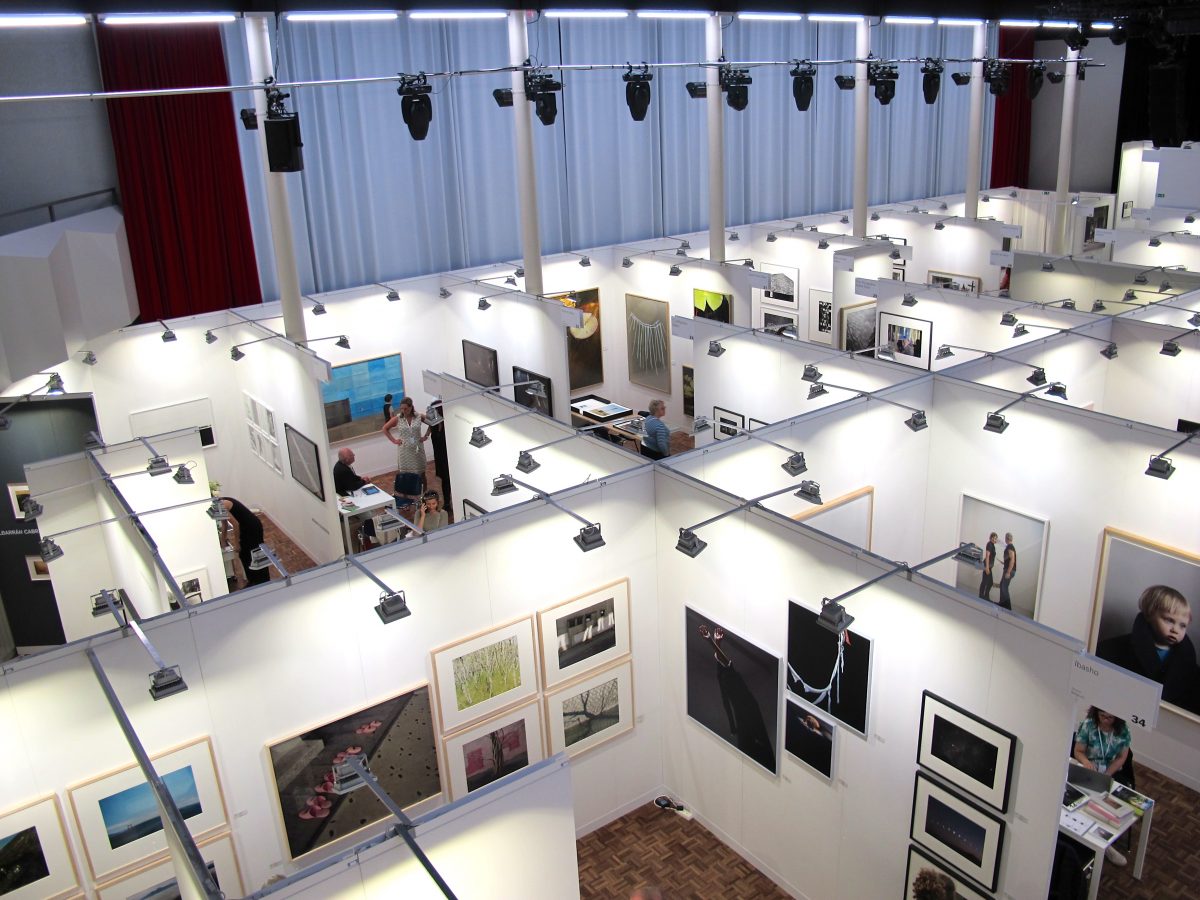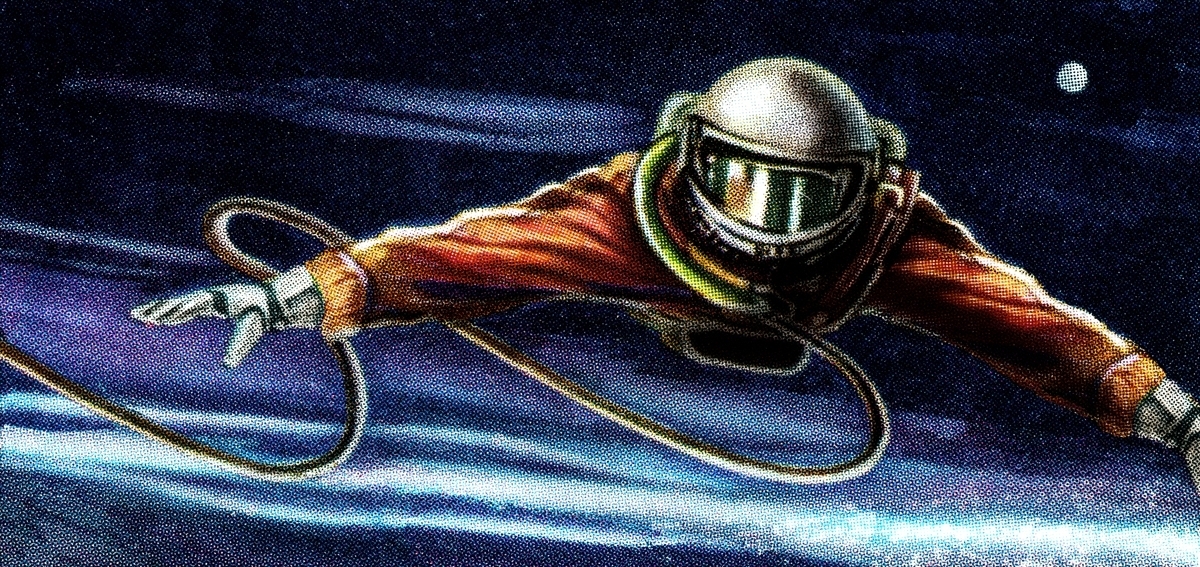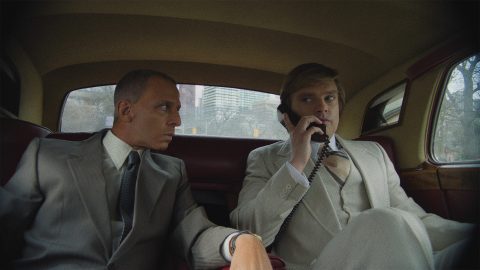Basel, a small town in the northwest of Switzerland with less than 200,000 people, is never busier than during the week of Art Basel. This event welcomes the elite members of the art world – artists, collectors, art dealers, agents, and journalists. For about $ 60 per a day ticket the interested public is also welcomed here. The show begins mid of June when the gate of the Messe Basel (Basel Fair) officially opens. Prior to opening day, selected VIPs, art collectors and press get a first look at work, which during this year 49th edition of the Fair includes over 4000 artists showcased by 290 of the world’s leading galleries.

About 10-15 % of the artwork in the main exposition is taken by the medium of photography, however this number can vary from year to year. The galleries that present photos at the Art Basel mostly deal with celebrity photographers like Diane Arbus, Brassai, Robert Frank or Edward Steichen like the gallery of Howard Greeberg (http://www.howardgreenberg.com/) in New York or with the school of Bernd and Hilla Becher like Kicken (http://www.kicken-gallery.com/) in Berlin. Some of the galleries offer a mixture, though the prices for photography at the main exposition can start from $ 100,000.

Some of Art Basel’s sectors like “Feature”, “Statements” or “Unlimited” also include photographic work. It depends on the focus of the exhibition. It goes without saying that medium photography became long ago a part of contemporary interior and design. However, when the prominent French photographer François Halard was asked to curate Design at Large, exhibition space of the Design Miami/Basel section (http://basel2018.designmiami.com/) he was surprised about the request. For his show, which extends in front of the main entrance, Halard selected 111 pints from his archive which mostly taken by analog rather than digital cameras. Each piece interprets the theme of “time”. Analogue techniques are also part of the “time-topic”, because to make selection for print or to send negatives to the lab, all this is a process of time. On show in Basel are his famous series of Cy Twombly’s Italian home and studio, which to access by photographer it took about 15 years; his photographs of Raphael’s splendid frescos at the Vatican, where he spent one week living and taking his photos, as well as his images of the Luis Barragan’s buildings in Mexico City, Paris’s Maison de Verre or pictures of his former New York apartment. It has been probably the only time he ever exhibited his own work and also did it in a nearly life-size format (1 x 1 meters), while people are normally used seeing his smaller pictures in books or magazines. All the photographs were on sale. Apart of his own show François Halard curated also some other booths like for Atelier Luma, Gufram, Galerie Downtown, Salon 94 Design, and more.
More affordable photography and also more contemporary can be found at Photo Basel. The prices range between $700 and $12000 there. This year Photo Basel returns to the Volkshaus, ten minutes away from the main building, and it takes place for the fourth time. From the year of its inauguration in 2015 it has built its profile as the most important photography event in the German-speaking region. This year edition included 35 exhibitors from both emerging and established galleries across 12 countries. Compared to other photography fairs like London Photo or Unseen Amsterdam, Photo Basel offers a more focused perspective, while monitoring trends of contemporary photography based on substance and quality. During preparation for the exhibition, the participating galleries have to pick oeuvre of photographers who have a special relevance. For example, he or she used to have (or the one is in planning) a big solo exhibition or the series of work especially match the recent political of social context.
The Clair by Kahn Gallery (www.clair.me) recently discovered the oeuvre of Erich Hartmann, a Munich artist and photographer, who passed away leaving behind a solid collection of his photographs. While he was alive he did not manage to promote himself and remained undiscovered just recently gaining the attention. Fabian & Claude Walter Galerie (www.fabian-claude-walter.com), which is also based in Zurich, brought Adrián Fernández Milanés. Milanés was raised in Cuba in the period of the history when the country was closed for influences from outside.

He created his own exotic world based on collection of stamps. Because most of those stamps originated from the former Soviet Union, his photographs are dominated by the motifs like cosmos, sports, community, which used to be popular on the Soviet stamps. Capturing the motif of a stamp, Melanés enlarges it to such a huge dimension that in the image we can clearly distinguish pixels as a part of a digital image. The Flatland Gallery (www.flatlandgallery.com) from Amsterdam focuses on Erwin Olaf and especially his Shanghai series. They were created during the last year, however his solo exhibition is now in preparation for the Gemeente Museum & The Hague Museum of Photography in the Netherlands. In addition, some of his new pieces are on show at MD Gallery in Shanghai this year.

Galerie Susanne Albrecht (www.galeriesusannealbrecht.de) in Berlin dedicates its solo exhibition to the Swiss photographer Olivier Richon, who is based in London. Richon proposes re-interpretation of the still life genre. He often complements the stillness of the objects with the depiction of animals. His allegories consider images as a rebus or a sign, which is full of hidden meanings and messages, like long ago it used to be in still life of the Flemish old masters. In appreciation of his work and teaching activities, the Royal Photographic Society awarded Richon with Education prize.

Ibasho Gallery (www.ibashogallery.com) from Antwerp concentrates on collecting, distributing and selling photography from Japan. This time the collectors Annemarie Zethof and Martijn Van Pieterson discovered Japanese female photographers and especially the one – Yoko Ikeda. Yoko Ikeda used to work in a shadow of her more successful partner whose work belongs to highlight of Ibasho. Yoko features various instances of nature interwoven with artificial, flavored by her wit and humor and very sharp eye for detail. Photography for her is not a way to record reality or a method of explanation things, but rather a form of experimentation to create a new world consciously working with the ambiguity of visual sensation, as well as colors, composition, and fluctuations of perspective. Her themes come from daily life; they are so casual and humble that the most of us might consider them meaningless. Ikeda wants to extract their beauty and sometimes she gets quite unpredictable results.

Among some female photographers exhibited this year in Basel there is an interesting trend of combining photographs with knitting or stitching. As a result, the image is transformed into sort of collage. Some time ago, a prominent German artist, Rosemarie Trockel, started to use the same technique for her objects of art so-called “wool paintings”, which were knitted. In choosing wool and technique of knitting, which are traditionally associated with the female domestic reality, Trockel explored the negative connotations of “intefior materials and skills”. By mechanically producing the knitted pattern, she questioned the cliché of women’s art and skills. We do not know if works of the female photographers like Austrian Iris Hutegger, who is on show at the Galerie Esther Woerdehoff (www.ewgalerie.com) from Paris is loaded with the similar ideology. However, during the process of creation of her textural landscapes, Hutegger uses a sewing machine to alter the landscapes of her black-and-white photographs, injecting the static images with unexpected lush and vibrant vitality of multicolored tread. By then all her photographs became unique pieces.



